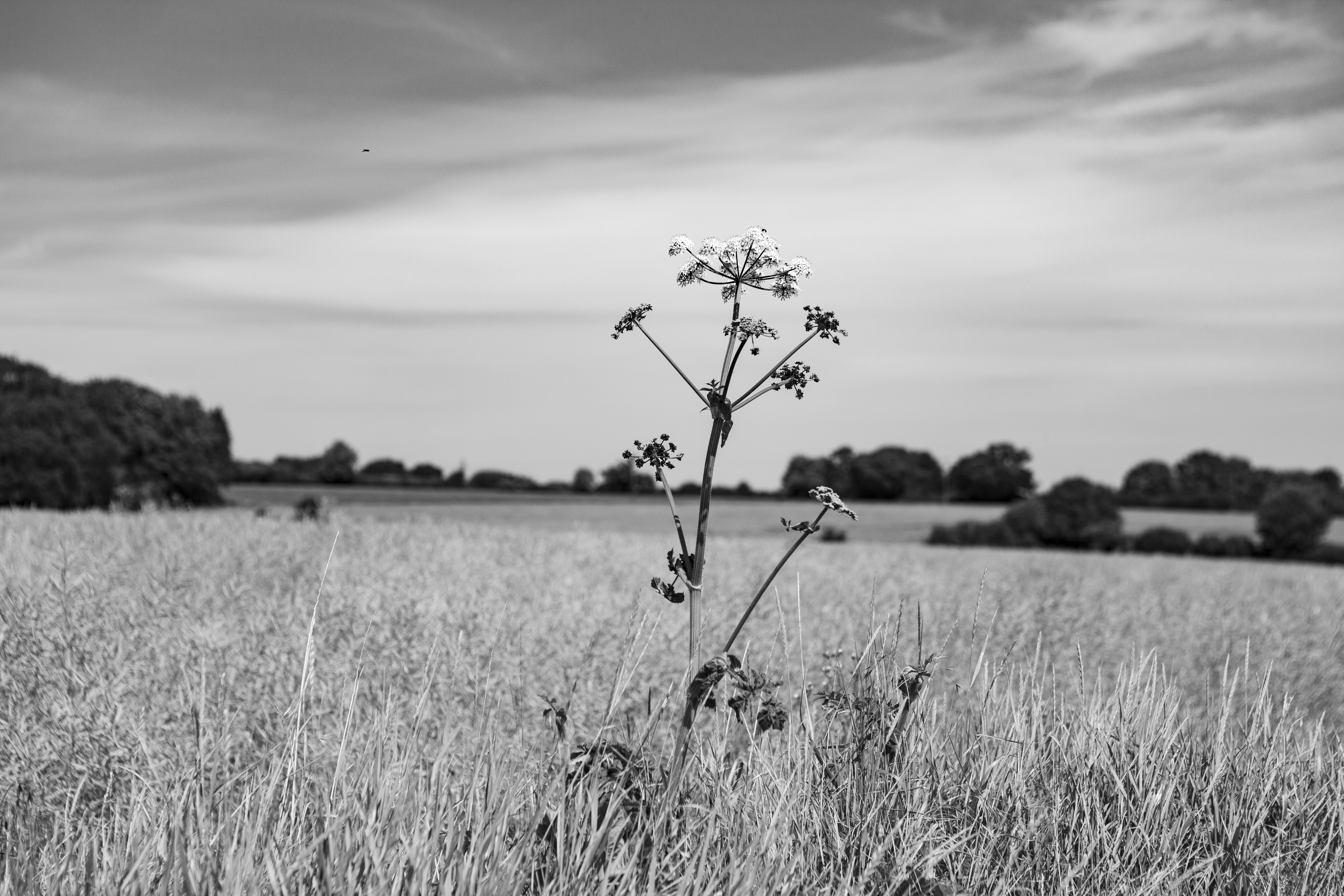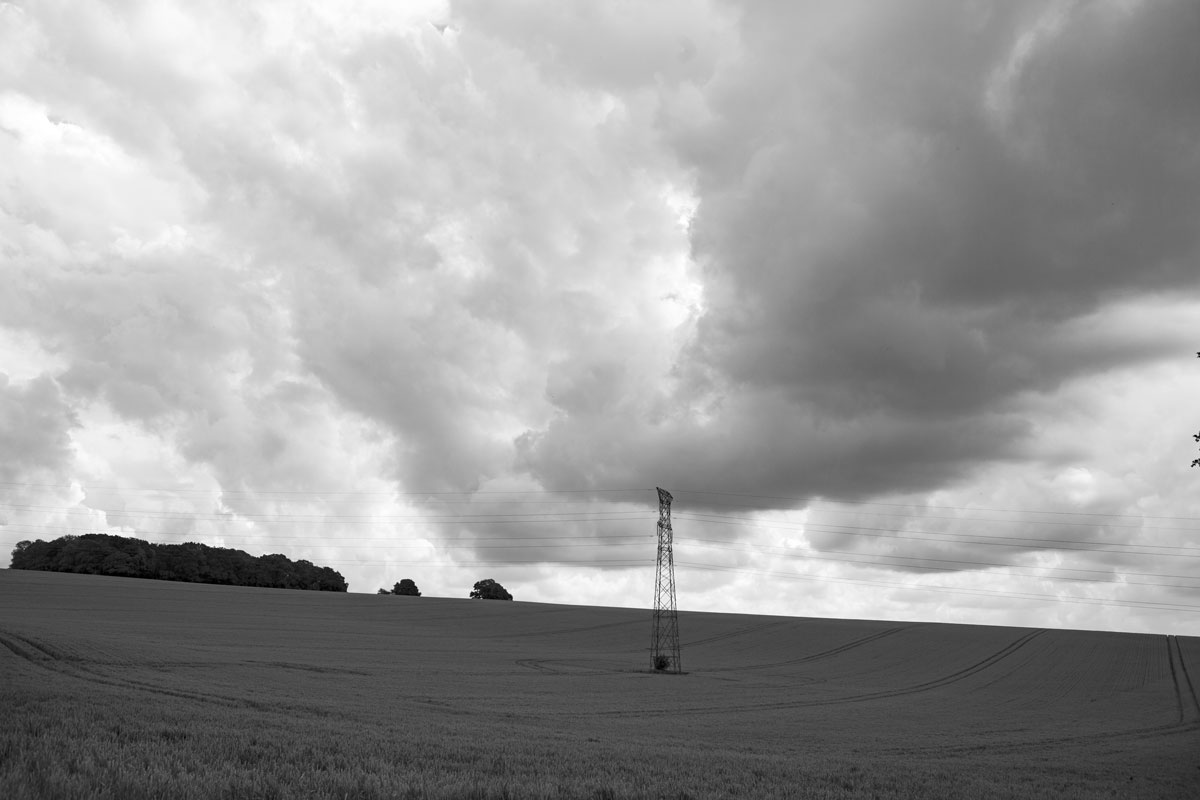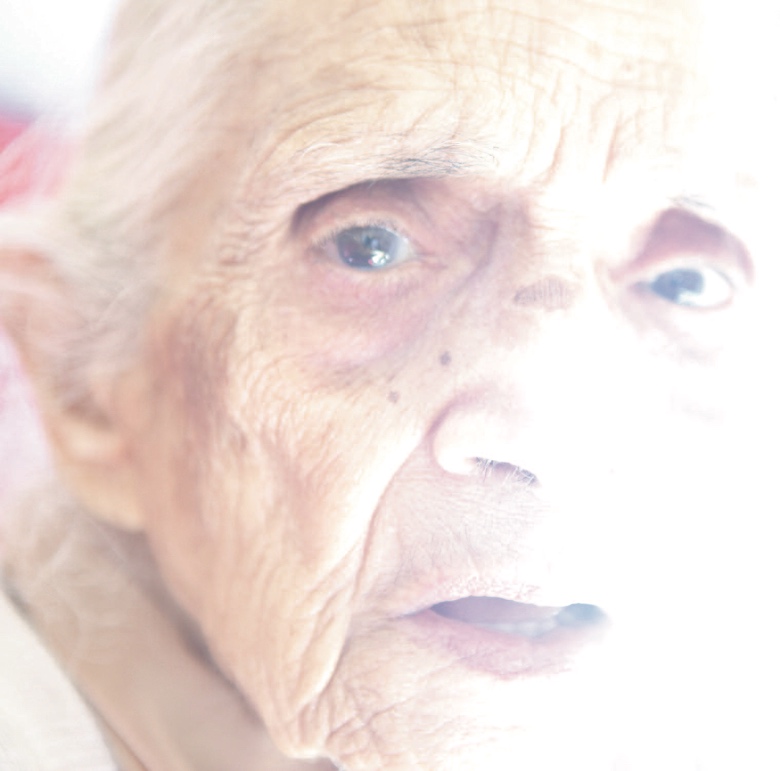When Autograph invited Sonal Kantaria to create new work for our commissioning project Care | Contagion | Community - Self & Other, the artist had just returned to her family home in Hertfordshire in southern England, relocating temporarily due to the pandemic. Here, themes of care, displacement and diaspora provided the backdrop to her new commission, Ghar (2020), a series of quietly charged yet serene monochromatic landscape photographs and three short film fragments which Kantaria poignantly describes as ‘moving stills’.
Autograph’s director Mark Sealy caught up with the artist, to discuss some of the wider themes behind this new work in the context of Kantaria's past projects and long-term commitment to the representation of indigenous / marginalised communities.
 Sonal Kantaria, from Ghar, 2020. Commissioned by Autograph.
Sonal Kantaria, from Ghar, 2020. Commissioned by Autograph. Sonal Kantaria, from Ghar, 2020. Commissioned by Autograph.
Sonal Kantaria, from Ghar, 2020. Commissioned by Autograph. Sonal Kantaria c. 2012. Resident was 82 years of age. She has tears in her eyes when she talked about her family.
Sonal Kantaria c. 2012. Resident was 82 years of age. She has tears in her eyes when she talked about her family. Sonal Kantaria, c. 2012. The residents pass their days in this room.
Sonal Kantaria, c. 2012. The residents pass their days in this room.
See the full artist commission by Sonal Kantaria
Read Lola Young's response to Kantaria's commissioned work
Renée Mussai introduces the new artist commissions in a curatorial essay One (Pandemic) Year On...
Read the introduction to the Care | Contagion | Community project
Visit the Care | Contagion | Community — Self & Other exhibition at Autograph's gallery
Can you spare a few moments? Autograph is carrying out a survey to better understand who our digital audiences are. The survey should take no longer than five minutes to complete. Anything you tell us will be kept confidential, is anonymous and will only be used for research purposes.
The information you provide will be held by Autograph and The Audience Agency, who are running the survey on our behalf. In compliance with GDPR, your data will be stored securely and will only be used for the purposes it was given.
You can take the survey here. Thank you!

Images from Sonal Kantaria's commission Ghar, 2020, © and courtesy the artist, commissioned by Autograph for Care | Contagion | Community — Self & Other: 1) Dharti [detail]. 2) From the series Ghar. 3) From the series Ghar. 4) Jaar.
Autograph is a space to see things differently. Since 1988, we have championed photography that explores issues of race, identity, representation, human rights and social justice, sharing how photographs reflect lived experiences and shape our understanding of ourselves and others.